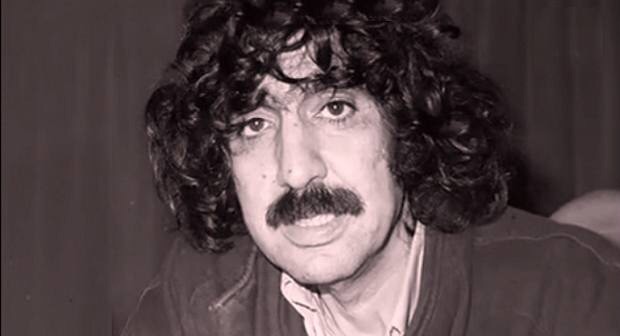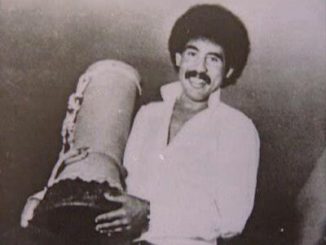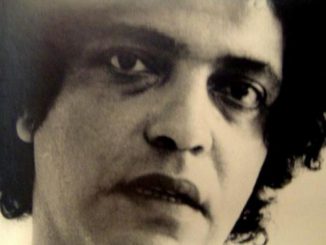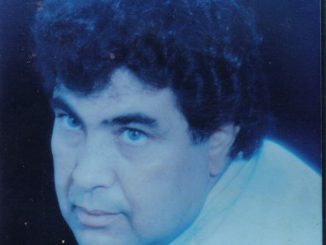
Larbi Batma was no ordinary artist. He was obsessed with the heritage and passionate about Moroccan music with its diverse rhythms. He was one of the founders of the legendary group “Nass El Ghiwane” and one of its most important members who gave it the most beautiful poems and the most representative melodies.
Larbi Batma knew how to remain modest and close to the people, regardless of the exceptional fame he had achieved. He knew how to remain a simple boy, the son of a peasant, originally from Ouled Bouziri on the outskirts of Settat and who grew up in Hay Mohammadi, the district of art, culture, music and militancy.
He was born in 1949 into a poor family who had to move from Chaouia to Casablanca, where his father worked as a simple worker in the railways. Family material conditions did not allow Larbi to continue his studies. For this reason, he had to work at an early age, doing many odd jobs. But he insisted on attending the neighborhood theater clubs. Thus, he joined the association “Rouad Al Khachaba” in the 1960s, before joining the municipal theater, under the supervision of the great playwright Tayeb Seddiki who was a great help in discovering Larbi’s talents as well as those of the other members of the group “Nass Al Ghiwane”.
Larbi Batma’s mother was also a major contributor to his passion for Morocco’s musical and poetic heritage. She has inspired him to write many famous songs. His talents were numerous. In addition to his bewitching voice, he had the gifts of a stage performer and a poet of Zajal (poetry in dialectal Arabic).
In addition to the important role he played in the group “Nass El Ghiwane”, Larbi Batma wrote novels that were not published, just as he wrote screenplays such as that of the film “Janb Al-Bir” and plays “Lahbal fi Al Kouchina”, “Hajouj et Majouj”, “36”, etc.., in addition to two novels, “Khnata” and “Rihla ila Achark”, and his two-volume autobiography, “Arrahil” (The Departure) and “Al Alam” (The Suffering), which he completed a few days before his death on February 7, 1997.




Be the first to comment